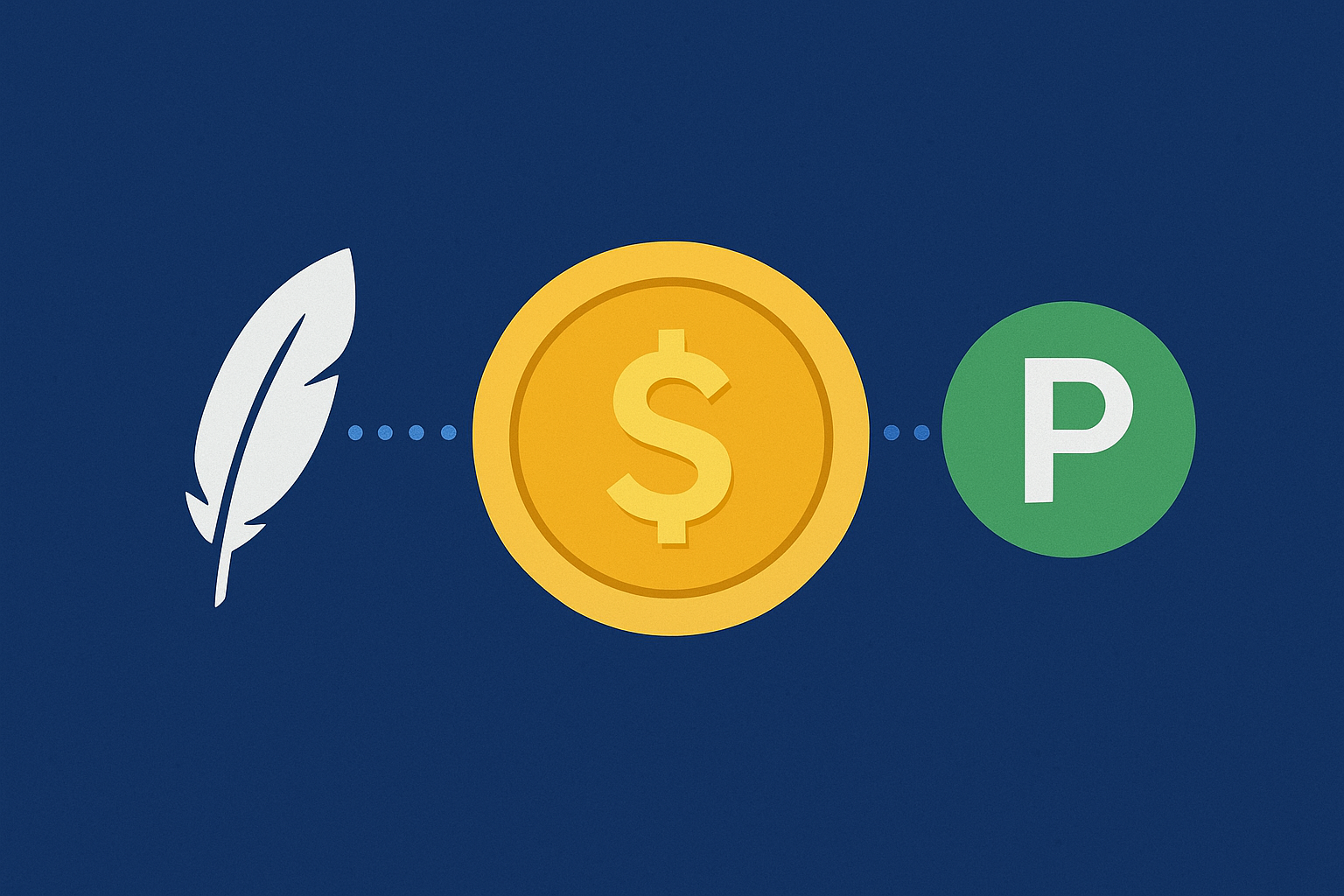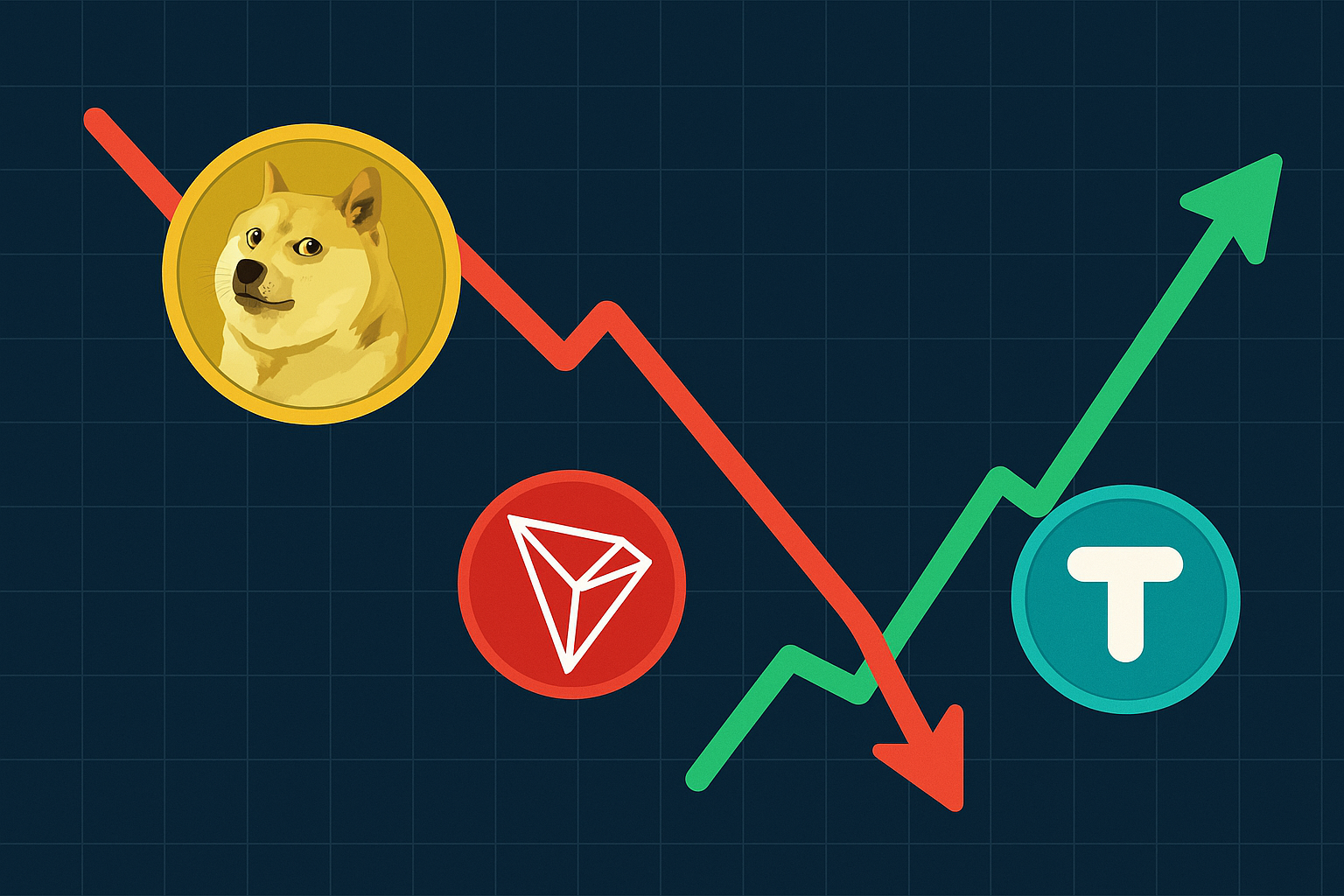MetaMask Launches mUSD To Transform Wallet Into A DeFi Powerhouse
Introduction
MetaMask, the widely adopted self custodial crypto wallet developed by ConsenSys, has unveiled its own native stablecoin mUSD to elevate its platform from a mere wallet to a comprehensive DeFi gateway. Through a strategic collaboration with Bridge and the infrastructure provider M0, MetaMask is launching a dollar pegged token backed one to one by United States cash and Treasury instruments that will be seamlessly integrated into its wallet ecosystem. This development marks a significant shift in how DeFi users onboard, transact, and spend digital dollars, creating tighter user experiences and deeper liquidity.
A Seamless Wallet Native Stablecoin
MetaMask’s mUSD is the first stablecoin issued directly by a non custodial wallet. Users will soon be able to hold, spend, and transfer mUSD entirely within their MetaMask interface, eliminating the need to navigate external services or custody platforms. At launch, expected later in 2025, mUSD will support wallet operations like on ramping, swapping, bridging, and transactions across Ethereum and ConsenSys’s Layer 2 network, Linea.
Partnerships Behind The Innovation
The architecture powering mUSD hinges on collaborations with two major players. Bridge brings regulatory infrastructure and orchestrates the token’s issuance, while M0 provides the decentralized minting and liquidity layer that enables cross chain composability. Executives from Bridge noted that this partnership has reduced the timeline for launching a custom stablecoin from more than a year down to just weeks, highlighting the efficiency and scalability of this collaboration.
Structural Integrity And Transparency
Backing is paramount for stablecoins, and mUSD is designed with strong financial guarantees. Each token is pegged one to one to the U.S. dollar and supported by high quality reserves comprised of cash, cash equivalents, and Treasury securities. The structure ensures real time transparency and monthly attestations, aligning with the regulatory requirements laid out in the U.S. GENIUS Act, the first federal framework for payment stablecoin regulation. This emphasis on compliance and clarity will likely appeal to both retail and institutional users.
Deep Integration And Utility
mUSD is not just another token. It is deeply embedded into MetaMask’s core functionality. Users can expect a seamless experience across wallet native actions like on ramping, swapping, bridging, and managing funds within DeFi applications. Additionally, MetaMask plans to roll out the MetaMask Card in partnership with Mastercard, enabling spending of mUSD at merchants worldwide by the end of the year.
MetaMask’s leadership has emphasized that mUSD will lower onboarding barriers into Web3 and DeFi. By reducing friction and costs, the token will simplify the self custodial journey by allowing users to remain within the wallet for most financial operations. Other executives highlight mUSD’s composability, cost efficiency, and smoother transaction flows compared to fragmented alternatives.
Financial Design Yield And Revenue Model
Users will not earn yield directly from holding mUSD, a deliberate choice to comply with regulatory frameworks like the GENIUS Act. Instead, MetaMask itself will earn from returns generated on the token’s reserve assets. This mirrors the revenue model of other stablecoin issuers such as Tether and Circle. The yield from reserve assets may be reinvested into ecosystem development, potentially funding user incentives and infrastructure growth.
Building Liquidity And Adoption
MetaMask projects that mUSD could play a major role in capturing market share of the rapidly growing stablecoin economy, which is estimated to reach between two and four trillion dollars in the coming years. With MetaMask’s user base already surpassing 100 million annually and its integration with thousands of decentralized applications, mUSD has a large potential runway for adoption.
By simplifying liquidity provision, users can move fiat into mUSD, deploy it into DeFi protocols, and spend or bridge it across networks directly from within MetaMask. Analysts predict that mUSD could capture between five and seven percent of the stablecoin market by 2026, driven by its dual on chain and off chain utility as well as its wallet native integration.
Enabling Institutional And Regulatory Trust
A key differentiator for mUSD is its alignment with regulatory standards. The GENIUS Act mandates full reserve backing, reserves transparency, and limits on yield generation, all of which MetaMask adheres to in mUSD’s design.
Institutional support adds another layer of credibility. Reports suggest that custody and treasury operations will involve major financial partners, giving institutional players confidence in mUSD’s stability. This structure is likely to attract institutional users and custodial services seeking regulated digital dollar assets.
Strategic Implications For Web3 And DeFi
MetaMask’s entry into stablecoin issuance signals a new phase in the evolution of Web3. Traditionally, wallets have been viewed as neutral holders of third party assets. By issuing its own stablecoin, MetaMask is redefining the wallet as a financial platform, a direct gateway to on chain liquidity and real world payments.
This model could influence other wallet providers to pursue similar strategies, especially in partnerships with regulated issuance platforms. The frictionless flow from fiat to wallet to DeFi to real world spending could significantly accelerate the mainstream adoption of Web3. For users, the experience becomes simpler and safer. For the broader ecosystem, this shift provides deeper liquidity and encourages long term user retention.
Challenges And Risks Ahead
Despite its strong design, mUSD faces several challenges. Regulatory frameworks remain fluid, and future restrictions could affect yield models or reserve structures. Competition is another factor, as established stablecoins like USDC and USDT already dominate market share. Technical risks, such as smart contract vulnerabilities or integration issues, also remain.
Moreover, MetaMask must carefully balance its growth incentives with compliance. While yield from reserves offers sustainable revenue, regulators may scrutinize how those earnings are deployed within the ecosystem.
Looking Forward
The coming months will be critical for mUSD’s adoption and success. Indicators to watch include liquidity growth on Linea, the rollout of the MetaMask Card, the transparency of reserve attestations, and the depth of DeFi integrations. If MetaMask successfully scales its infrastructure and navigates regulatory complexities, it could establish mUSD as a new benchmark in wallet native stablecoins.
Ultimately, MetaMask’s stablecoin initiative represents more than just another token. It reinforces the vision of wallets as financial platforms, not just storage applications. By enabling seamless and compliant participation in the digital dollar economy, mUSD may be the catalyst that brings millions of mainstream users closer to the decentralized finance ecosystem.
Conclusion
The launch of mUSD represents a transformative milestone not only for MetaMask but for the broader decentralized finance ecosystem. By embedding a transparent, dollar backed stablecoin directly into its wallet, MetaMask is reshaping how users interact with digital assets. It simplifies onboarding, creates a frictionless path between fiat, DeFi, and real world spending, and establishes the wallet itself as a financial hub rather than just a storage tool.
Through its partnerships with Bridge and M0, MetaMask has combined regulatory compliance, transparency, and technological efficiency in a way that appeals to both individual users and institutions. While challenges such as evolving regulations, market competition, and technical risks remain, the strong foundation of trust and integration gives mUSD a significant advantage in the expanding stablecoin economy.



